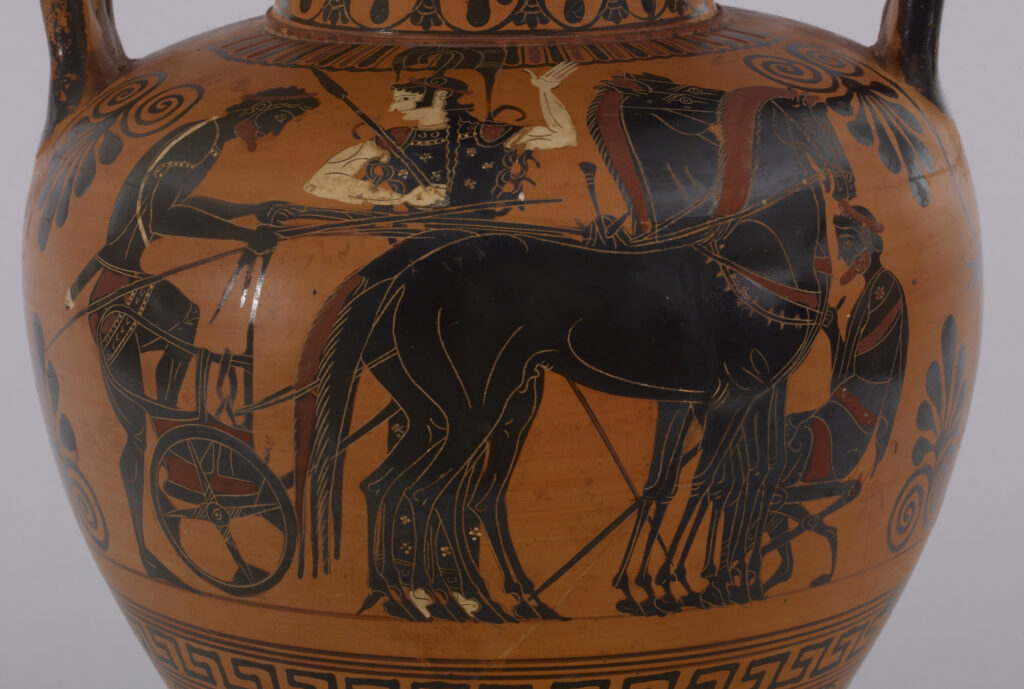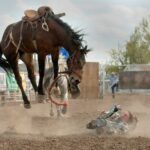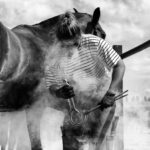Greek mythology brims with fantastic creatures and divine beasts, but few have captured the human imagination quite like the equine figures that gallop through ancient tales. These mythological horses transcend ordinary animal representations, embodying power, freedom, and the complex relationship between humans and nature. From the winged Pegasus soaring through the skies to the half-human, half-horse centaurs roaming the mountains, horses in Greek mythology symbolize the wild spirit that humans both revere and seek to tame. These magnificent creatures served as companions to gods, mounts for heroes, and sometimes as fearsome beings in their own right. Through exploring these mythological equines, we gain insight not only into ancient Greek culture but also into humanity’s enduring fascination with these majestic animals.
The Divine Origins of Horses in Greek Mythology
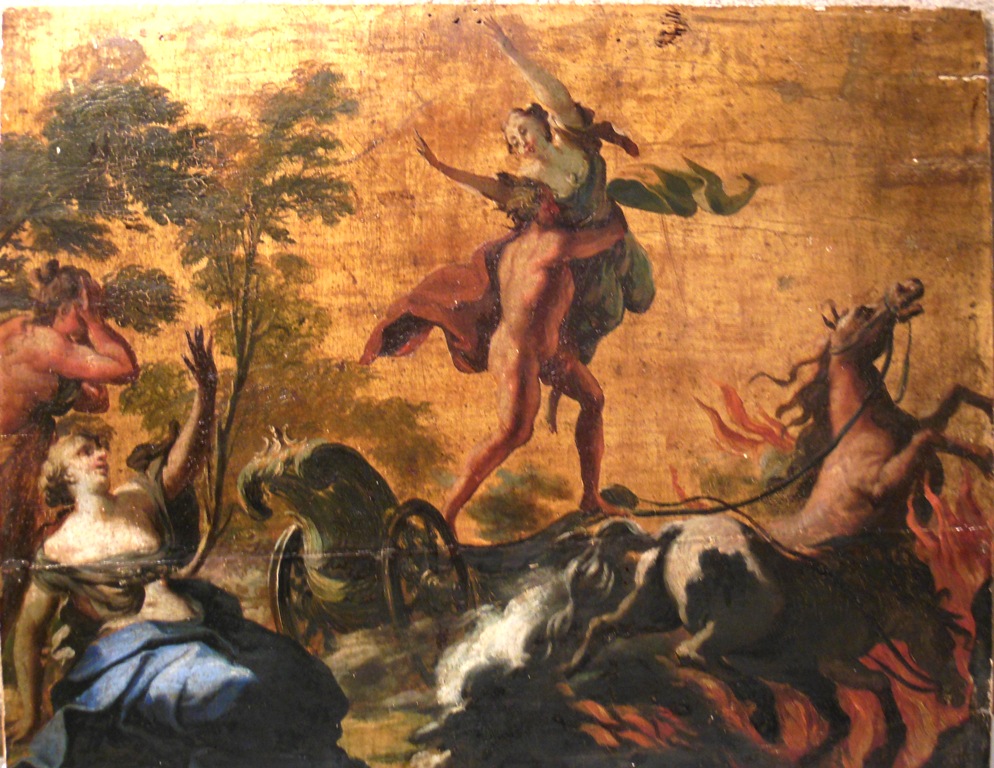
According to Greek mythology, horses were a divine gift to humanity from the sea god Poseidon, who was also revered as the god of horses with the epithet “Hippios.” The creation of the first horse is often attributed to Poseidon’s contest with Athena for patronage of Athens, where Poseidon struck the ground with his trident and produced the first horse. This divine connection established horses as creatures of supernatural significance, linking them to the elemental powers of water and earth. The Greeks believed that Poseidon could control horses at will, sending them galloping across land or causing earthquakes with their thundering hooves. This divine origin story explains why horses were considered noble creatures deserving of respect and proper care in ancient Greek society.
Pegasus: The Immortal Winged Horse
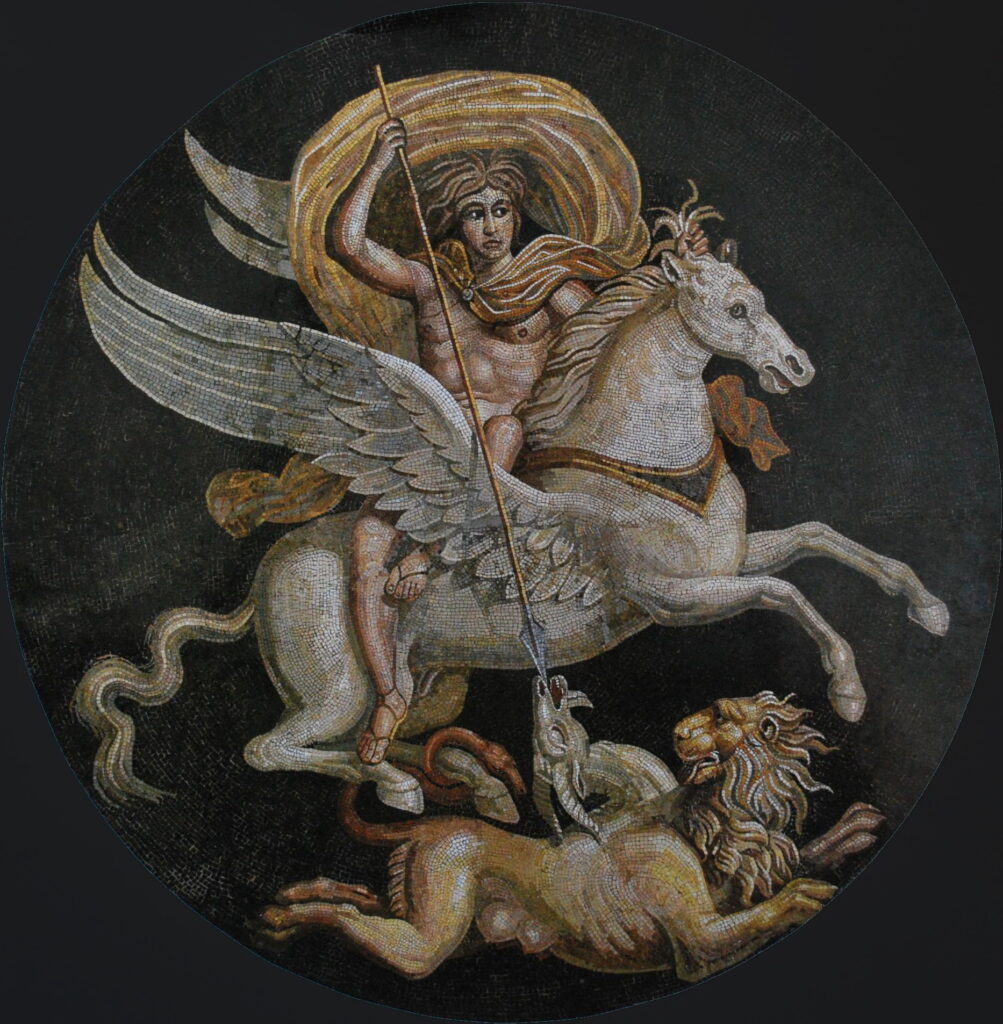
Perhaps the most famous equine in Greek mythology, Pegasus emerged from the blood of Medusa when Perseus beheaded the Gorgon. This magnificent white stallion with feathered wings represented divine inspiration and poetic imagination, becoming a symbol that endures in Western culture to this day. After his birth, Pegasus flew to Mount Helicon, where he created the fountain Hippocrene with a strike of his hoof, establishing a sacred spring that would inspire poets and artists who drank from its waters. The hero Bellerophon later captured Pegasus with the help of the goddess Athena, who provided a golden bridle that allowed him to tame the magnificent creature. Together, they achieved numerous heroic feats, including defeating the monstrous Chimera, until Bellerophon’s pride led him to attempt to fly to Mount Olympus, resulting in his fall while Pegasus continued to serve Zeus by carrying his thunderbolts.
Centaurs: The Wild Half-Human Creatures
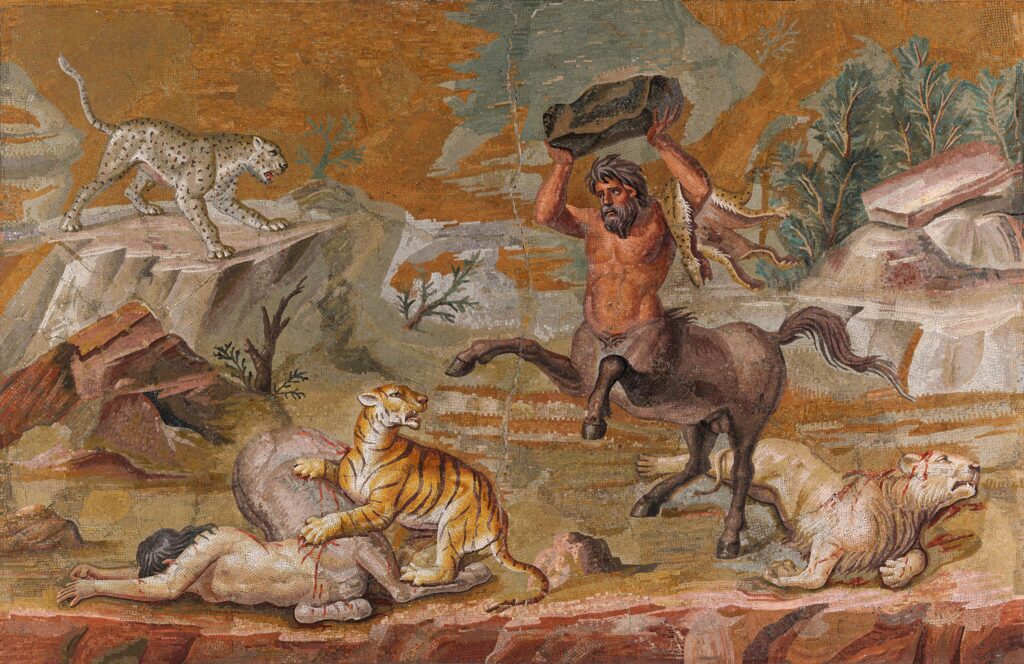
Centaurs represented the duality between human intellect and bestial nature, depicted with the upper body of a human and the lower body of a horse. According to one origin myth, they were born when Ixion, a king of the Lapiths, attempted to seduce Hera but was tricked into mating with a cloud shaped in her image (Nephele), resulting in the birth of Centaurus, who later mated with Magnesian mares. Most centaurs were portrayed as wild, untamed creatures prone to drunkenness and violence, frequently appearing in myths as antagonists who disrupted civilized gatherings. The famous battle between the Lapiths and centaurs, known as the Centauromachy, erupted at a wedding feast when the intoxicated centaurs attempted to abduct the bride and other women, symbolizing the conflict between civilization and barbarism. However, exceptions existed, such as the wise centaur Chiron, who represented the potential for harmony between human reason and natural instinct.
Chiron: The Exceptional Centaur Mentor
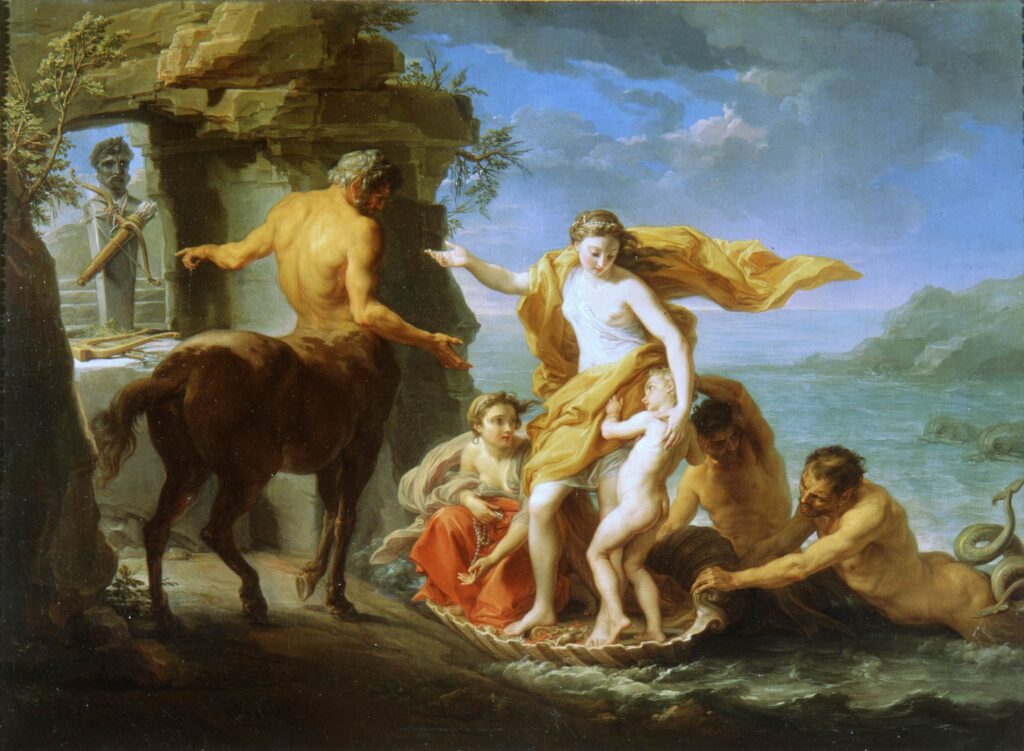
Unlike his wild brethren, Chiron stood apart as an exceptionally wise and civilized centaur, born from different parentage—the Titan Cronus and the nymph Philyra. Renowned for his vast knowledge of medicine, music, archery, hunting, gymnastics, and prophecy, Chiron established a school on Mount Pelion where he mentored numerous Greek heroes. His distinguished pupils included Achilles, Jason, Asclepius, and Hercules, making him one of the most influential teachers in mythology. Despite his immortality, Chiron’s tragic fate came when he was accidentally wounded by one of Hercules’ poisoned arrows, causing him unbearable pain that could not end due to his immortal nature. In an act of self-sacrifice, Chiron gave up his immortality to free Prometheus from his eternal punishment, demonstrating his noble character that transcended his hybrid nature. His ascension to the stars as the constellation Sagittarius ensured his wisdom would continue to guide humanity from the heavens.
The Immortal Horses of the Gods
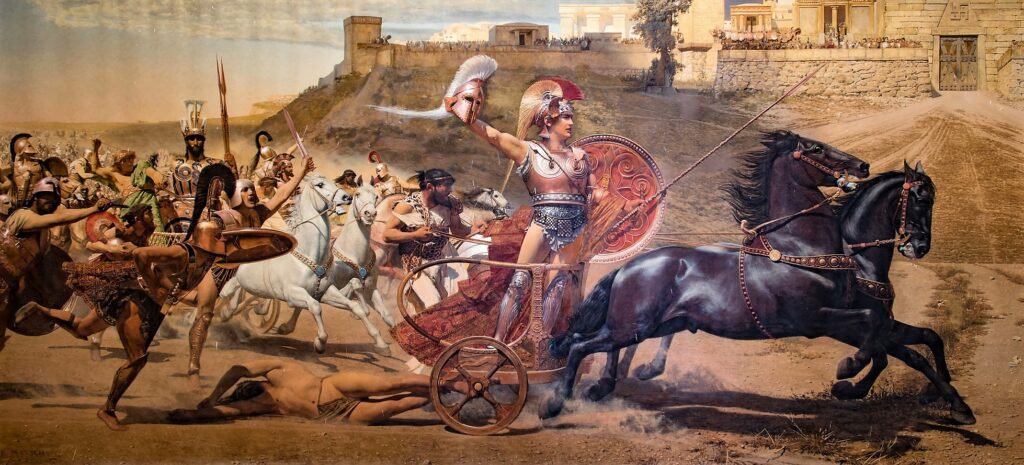
The Olympian gods possessed magnificent divine steeds that pulled their celestial chariots across the heavens. Helios, the sun god, drove a chariot pulled by fire-breathing horses who carried the sun across the sky each day, their fiery nature suitable for their cosmic journey. Poseidon’s chariot was drawn by hippocampi, magnificent creatures with the upper bodies of horses and the lower bodies of fish, perfectly suited for traversing both land and sea. Zeus, the king of gods, had a team of immortal storm-clouds shaped as horses that pulled his golden chariot through the skies when he traveled. These divine equines possessed powers beyond those of mortal horses, including immortality, the ability to fly or swim through any element, and sometimes even the power of speech to communicate with their divine masters. The gods’ horses symbolized the celestial movement of heavenly bodies and elemental forces in the Greek understanding of the cosmos.
Arion: The Divine Horse of Adrastus
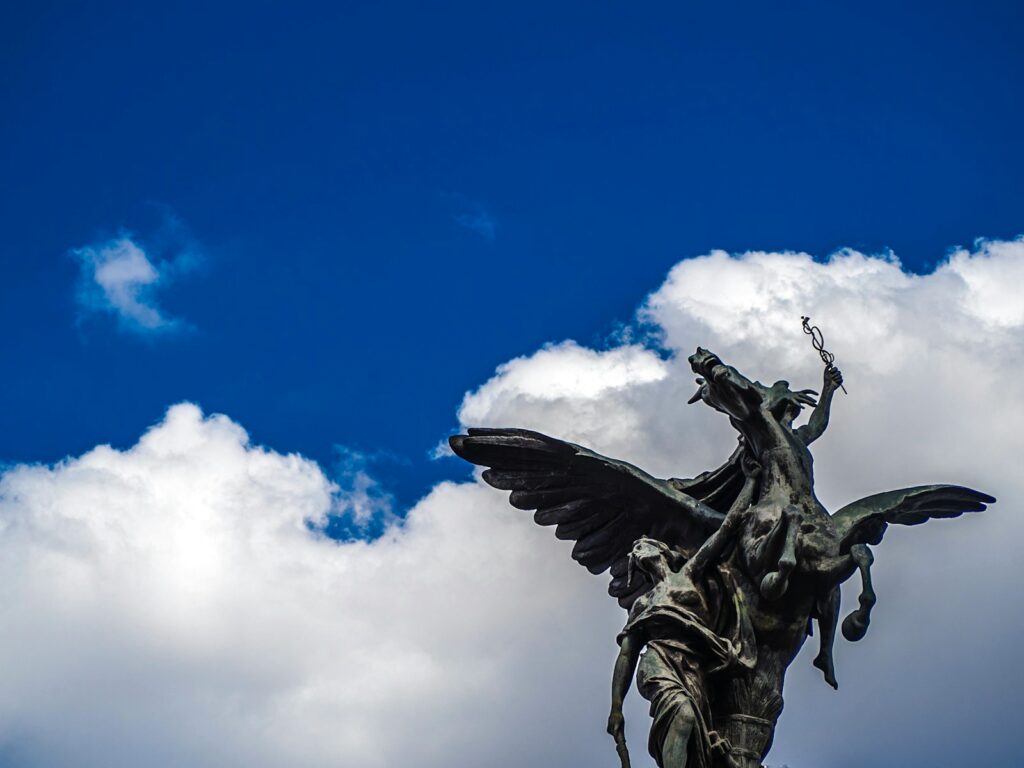
Born from the union of Poseidon and Demeter (when both had transformed into horses), Arion was an immortal horse gifted with speech and incredible speed that no other horse could match. His most famous owner was Adrastus, king of Argos and the only survivor among the Seven against Thebes, whose life was saved by Arion’s supernatural speed during the disastrous expedition. According to the myths, Arion had a distinctive blue-black mane and could understand human speech, making him not just a mount but a companion who could comprehend complex situations. Some versions of the myth claim that Arion had the ability to prophesize future events, warning his master of impending dangers. The divine horse eventually passed into the ownership of Heracles, accompanying the hero on several of his famous labors before being immortalized among the stars.
Xanthus and Balius: The Immortal Horses of Achilles
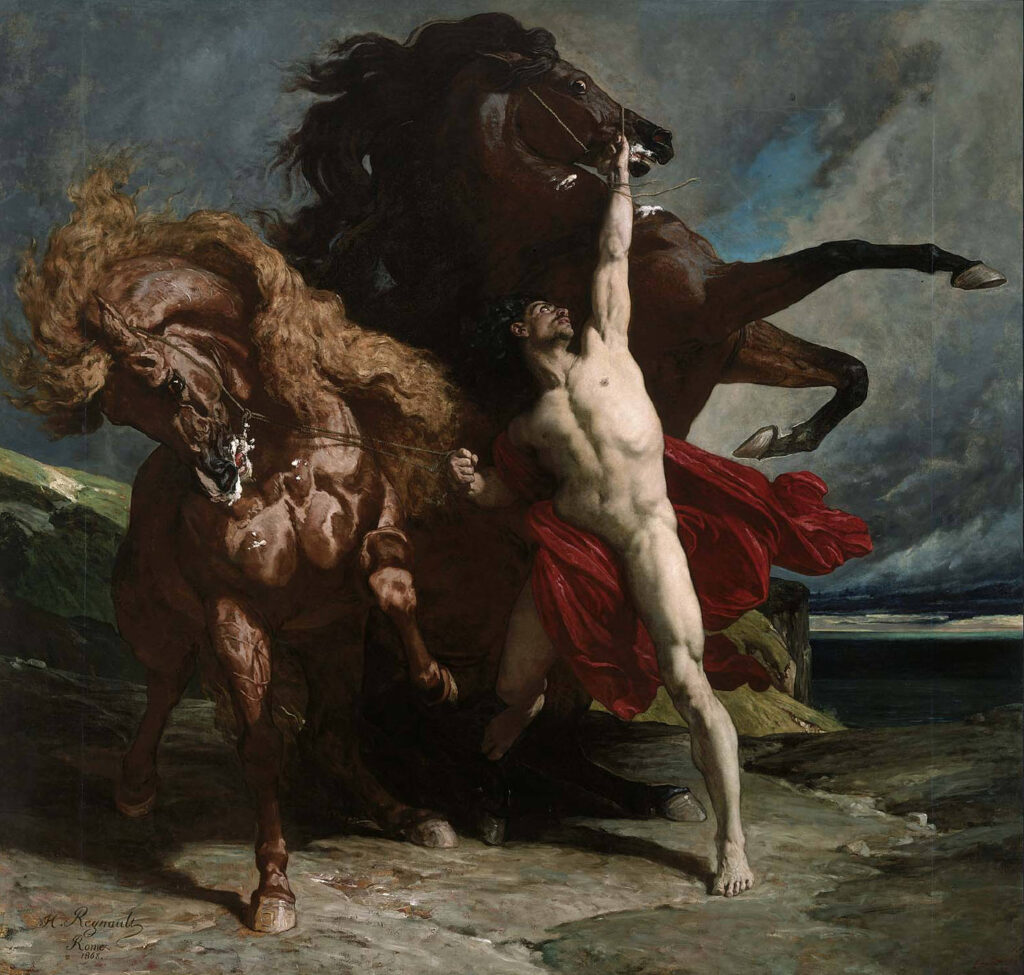
These immortal steeds were the offspring of the harpy Podarge and Zephyrus, the West Wind, making them swift as their wind-god father. Given to Peleus as a wedding gift when he married the sea nymph Thetis, these horses later served their son Achilles during the Trojan War. Unlike ordinary horses, Xanthus was granted the power of speech by Hera, and in a poignant moment in the Iliad, he broke his silence to prophesy Achilles’ impending death after the hero blamed his horses for Patroclus’ death. The horses’ tears at the death of Patroclus showcased their divine empathy and connection to human emotion, setting them apart from regular animals. After Achilles’ death, the immortal horses disappeared from the battlefield, with some myths suggesting they returned to their divine origins among the winds and sea. Their presence in the epic represents the supernatural aid available to heroes favored by the gods, while their emotion and speech blur the line between animal and divine being.
The Mares of Diomedes: Man-Eating Monsters
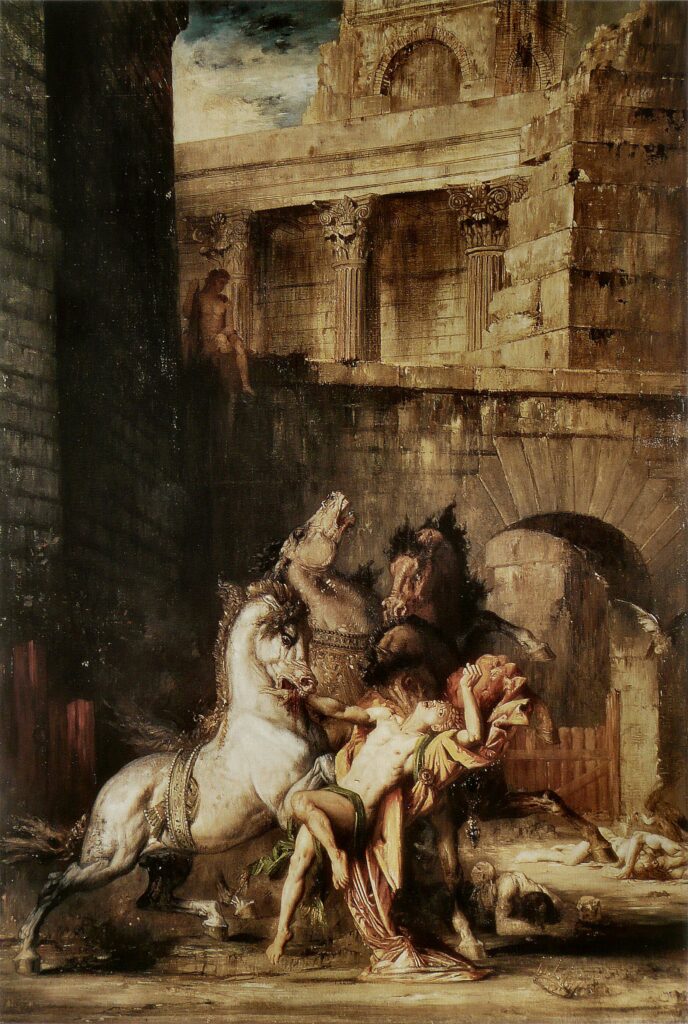
Among the most fearsome equines in Greek mythology were the four man-eating mares belonging to Diomedes, the king of Thrace. These savage beasts—named Podargos (the Swift), Lampon (the Shining), Xanthos (the Yellow), and Deinos (the Terrible)—were fed human flesh by their cruel master, making them wild and virtually untamable. Capturing these monstrous horses became the eighth labor of Heracles, who succeeded in stealing them but had to contend with Diomedes and his men in pursuit. According to the most common version of the myth, Heracles fed Diomedes to his own horses, which temporarily satiated their hunger and made them manageable. After completing the labor by delivering the mares to King Eurystheus, various accounts differ on their fate—some say they were sacrificed to Hera, others that they escaped to Mount Olympus, while others claim they fled to the slopes of Mount Olympus where they were eventually destroyed by wild animals. These mares represented the perversion of the noble horse through cruelty and unnatural practices.
The Hippoi Athanatoi: Immortal Horses of Various Heroes
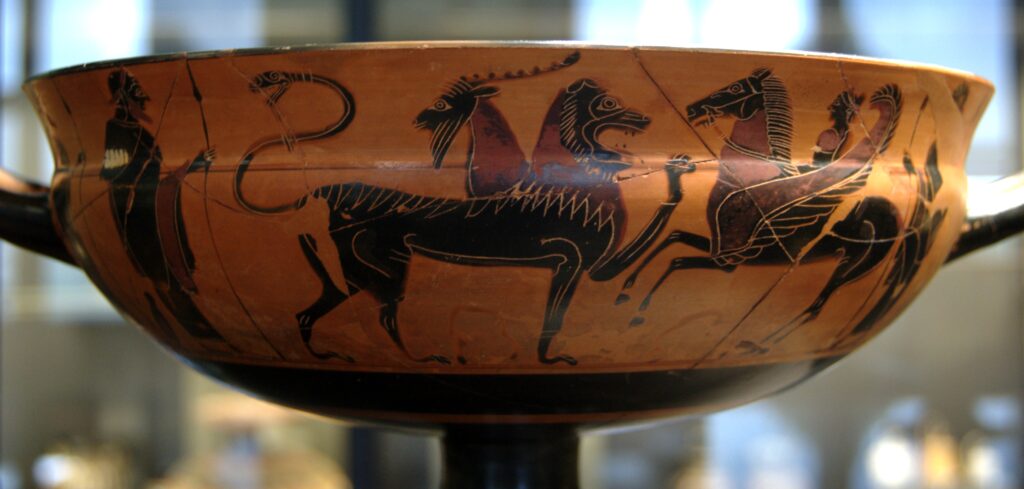
Several Greek heroes possessed extraordinary horses known collectively as Hippoi Athanatoi (Immortal Horses), divine steeds that played crucial roles in their owners’ adventures. Cycnus, son of Ares, had a magnificent horse named Cion that was said to be as black as a raven and nearly invincible in battle until it faced Heracles. The hero Bellerophon, before acquiring Pegasus, owned a remarkable steed named Arion (not to be confused with Adrastus’ Arion) that some myths claim could understand human speech and strategy in battle. Perseus, after slaying Medusa, was occasionally depicted riding an exceptional horse named Chrysaor, though more commonly Chrysaor is described as a warrior who sprang from Medusa’s neck alongside Pegasus. These special horses often served as status symbols indicating their owners’ divine favor and heroic stature, elevating the heroes beyond ordinary mortals through their association with these supernatural mounts. Unlike ordinary war horses, these immortal steeds could think strategically, anticipate danger, and demonstrate loyalty beyond that of normal animals.
The Trojan Horse: Deception in Equine Form
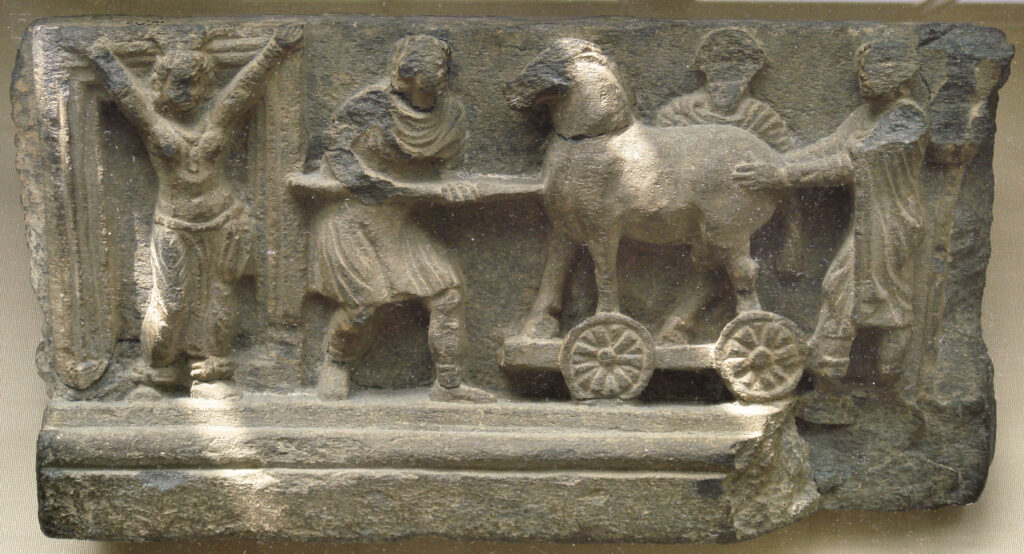
Though not a living creature, the Trojan Horse represents one of the most significant equine symbols in Greek mythology, embodying cunning and strategic thinking rather than speed or strength. Conceived by Odysseus as a means to infiltrate the impenetrable walls of Troy, this massive wooden horse concealed Greek warriors inside its hollow body while appearing to be an offering to the gods. The Trojans, believing the Greeks had sailed away and left the horse as a parting gift, brought the structure inside their city walls despite warnings from Cassandra and Laocoön. During the night, the hidden Greek soldiers emerged from the horse, opened the city gates for the returned Greek army, and brought about Troy’s destruction after ten years of unsuccessful siege. This legendary stratagem has entered common language as a metaphor for any deceptive gift or hidden threat, demonstrating how deeply equine imagery from Greek mythology has permeated Western culture. The Trojan Horse represents how the Greeks viewed horses as not just physical beings but powerful symbols that could take on multiple meanings.
Horses in Greek Funeral Rites and the Afterlife
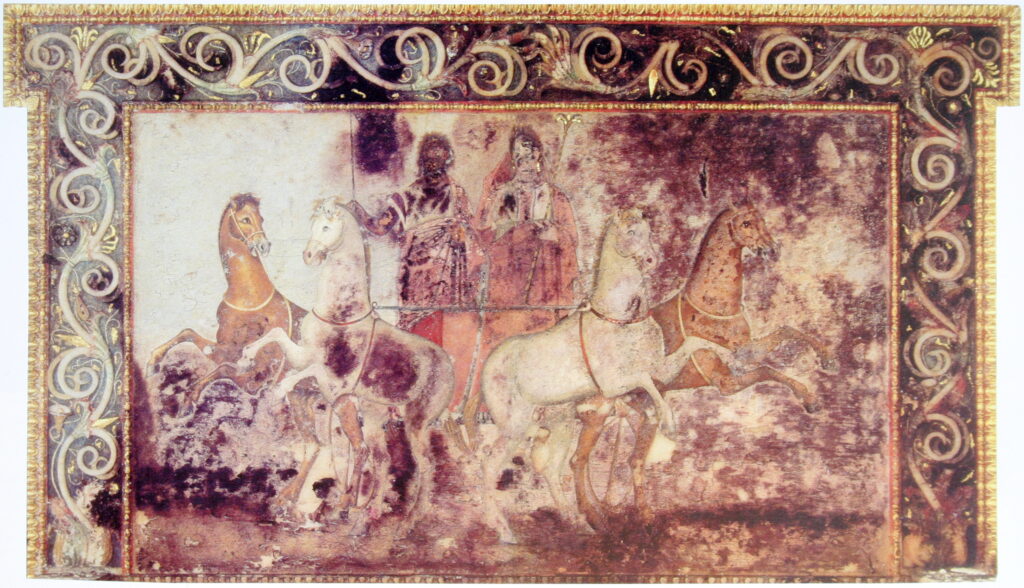
Horses played a significant role in ancient Greek funeral practices, particularly for warriors and nobility, symbolizing the journey to the afterlife. Archaeological evidence from tombs reveals that horses were sometimes sacrificed to accompany their masters into the afterlife, ensuring the deceased would have transportation in the world beyond. In mythology, the ferryman Charon transported souls across the River Styx, but heroes were sometimes depicted making this journey on horseback, particularly if they had been renowned horsemen in life. The god Hades himself drove a chariot pulled by four black horses when he emerged from the underworld, most famously when abducting Persephone. Funeral stelae and pottery frequently featured equestrian imagery, showing the deceased riding horses as a sign of their status and heroic nature. This connection between horses and death underscored the Greek belief that these animals served as psychopomps—creatures that could move between the mortal world and the realms beyond.
Symbolic Meanings of Horses in Greek Culture
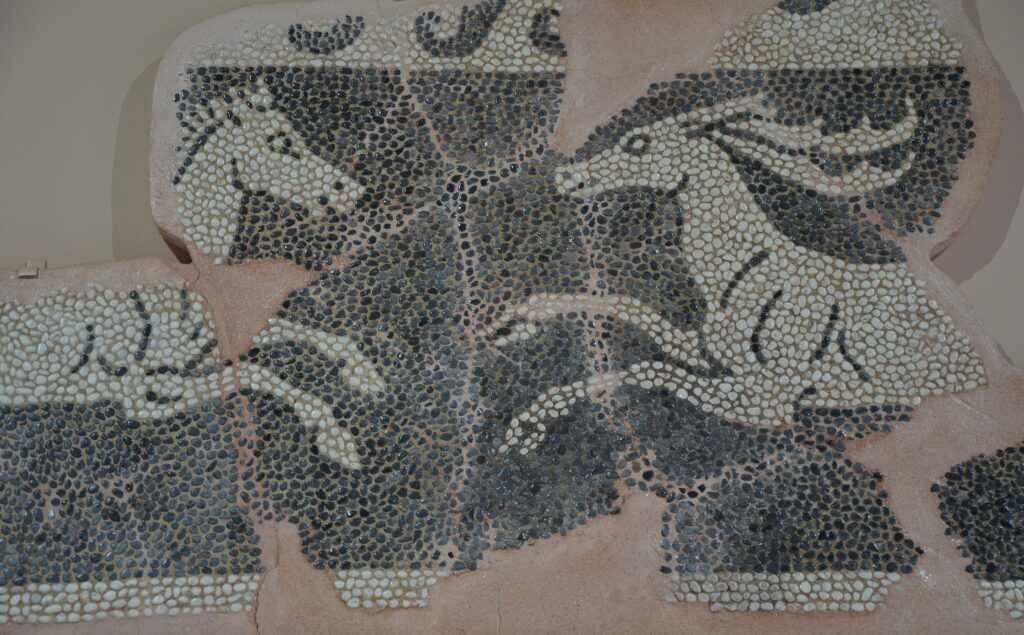
In ancient Greek culture, horses embodied a complex network of symbolic meanings that extended far beyond their practical uses. They represented freedom and wildness, yet paradoxically also symbolized the triumph of civilization in taming these powerful creatures through domestication and training. For the Greeks, horsemanship was an aristocratic skill that demonstrated wealth, education, and physical prowess, creating a direct association between horses and social status that appeared frequently in their mythology. The dual nature of centaurs—caught between human rationality and animal instinct—reflected Greek philosophical concerns about humanity’s own dual nature. Horses’ association with water (through Poseidon) connected them to fertility, unpredictability, and the life-giving yet potentially destructive forces of nature. When appearing in dreams or omens, horses often foretold significant changes, victories, or deaths, serving as messengers between the mortal and divine realms. This rich symbolic landscape made horses perfect vehicles for exploring philosophical, social, and existential questions through mythological narratives.
Legacy and Influence on Modern Culture
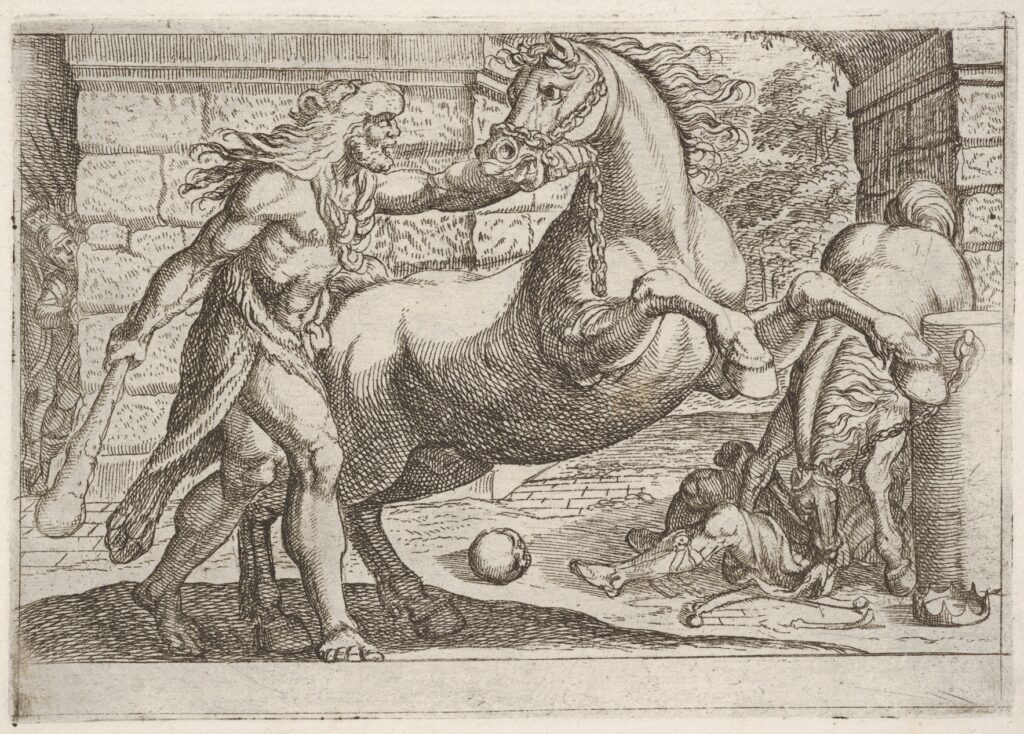
The equine figures from Greek mythology continue to gallop through modern imagination, appearing in literature, art, film, and popular culture. Pegasus has become one of the most recognizable mythological creatures worldwide, appearing as a corporate logo, in fantasy novels, and as a character in numerous films including Disney’s “Hercules.” Centaurs regularly feature in modern fantasy works from C.S. Lewis’s “Chronicles of Narnia” to J.K. Rowling’s “Harry Potter” series, where they retain their dualistic nature representing the tension between intellectual wisdom and primal instinct. The phrase “Trojan Horse” has entered common vocabulary and computer terminology, describing deceptive entries that appear benign but conceal harmful intentions. Modern astronomical terminology preserves these myths through constellation names like Pegasus and Sagittarius (Chiron), ensuring these stories remain written in the stars. The enduring appeal of these mythological equines speaks to how effectively they embody timeless themes of freedom, power, wisdom, and the complex relationship between humans and the natural world.
From divine steeds that carry the gods across the heavens to the half-human centaurs who embody the tension between civilization and wildness, horses in Greek mythology represent far more than mere animals. They are powerful symbols that helped the ancient Greeks explore philosophical questions about human nature, divine power, heroism, and the relationship between mortals and gods. These mythological equines—whether winged like Pegasus, hybrid like the centaurs, immortal like the steeds of Achilles, or man-eating like the mares of Diomedes—reveal the complex significance horses held in ancient Greek culture. More than three thousand years after these myths were first told, these magnificent creatures continue to capture our imagination, appearing in our stories, art, and cultural references. They remind us of humanity’s enduring fascination with horses as symbols of freedom, power, and the wild spirit that can be approached and admired but never fully tamed.

